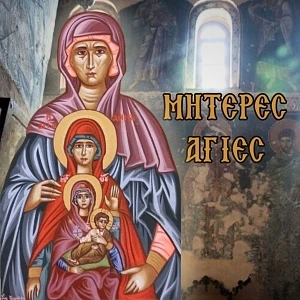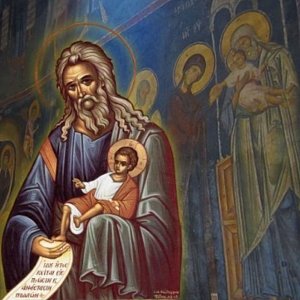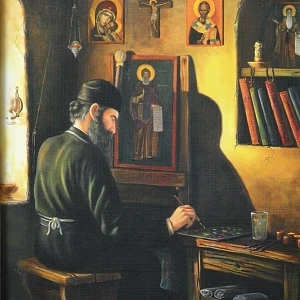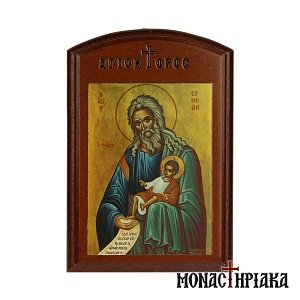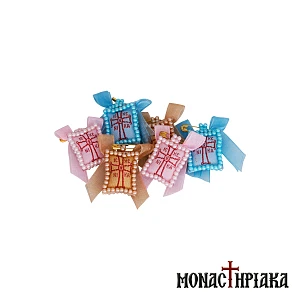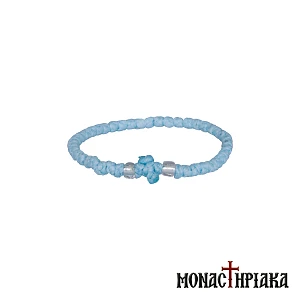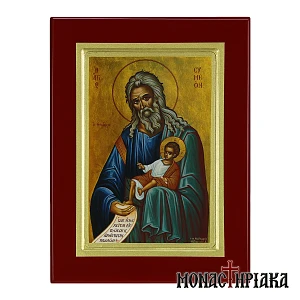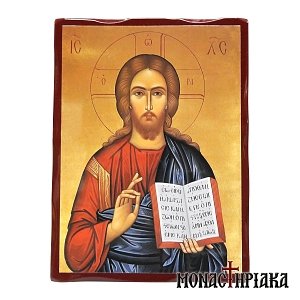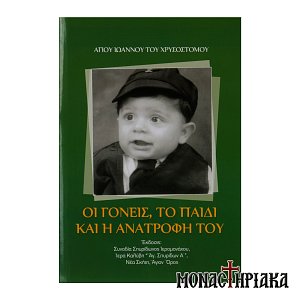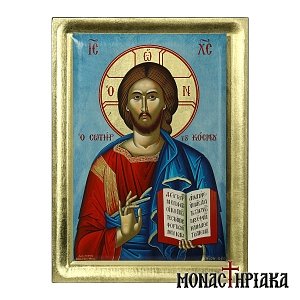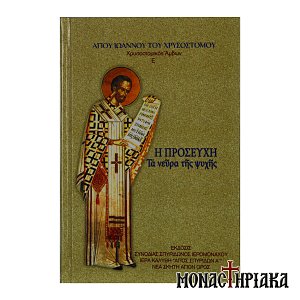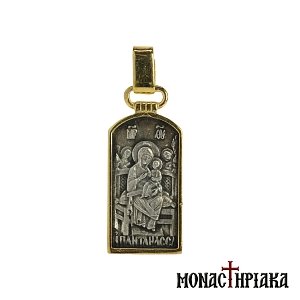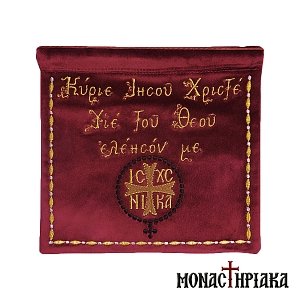What is the Churching of Infants
The Churching of the infants (in Greek Σαραντισμός, Sarantismos) includes the offering of the child to the church in order to glorify God. Another name of this ecclesiastical act is ‘40 Day Blessing’ and takes place forty days after the child’s birth.
It is a liturgical act that dates back to the time of Moses, when it actually was a Mosaic custom. According to the custom, the first-born son of the family was offered to the temple, accompanied by a pair of triangles or pigeons.
How is the 40 Day Blessing of infants connected with the Presentation of Jesus Christ in the Temple
The Mother of God Virgin Mary observed this Mosaic custom by offering infant Jesus Christ in the Temple of Jerusalem, forty days after his birth. This offering of the Divine Child is called the Candlemas or Hypapante. Read here more about the Candlemas.
What happens today: when to go back to Church after having a baby
Nowadays, mothers, as Virgin Mary did, ‘offer’ their newborn child to the church and to God, when forty days have passed since birth. This act symbolises the Churching of Jesus Christ. Also, the mother goes through the narthex (the entrance of the church) and is blessed for the cleansing by her puerperium.
In this way, the path to baptism of the infant is opened, welcoming the child into Christian life and facilitating the mother’s return to the ecclesiastical community.
What is the Divine Service of the Churching
The Divine Service of the 40-Days Blessing begins when the infant enters into the temple and consists of four wishes. These wishes are blessings and prayers to the infant and symbolize the presentation of the child to the temple and his/her dedication to our Lord.
Then, follows the stage of enlightenment, where the priest holds the child and walks into the main temple, saying, “The servant of God is brought within the church in the name of the Father, and the Son, and the Holy Spirit. Amen.”
Upon the completion of this stage, the priest takes the child to the Sanctuary, if it is a boy. Accordingly, the priest takes the girl in front of the iconostasis (‘εικονοστάσιο’ in Greek, eikonostasio), that is the front of the church, separating the Nave from the Sanctuary.
What is the symbolism of the Divine Office of the Forty Day Blessing
The service concludes with the priest placing the infant at the Beautiful Gate (Royal Door), from where it is handed over to its parents.
Before mother takes the child in her arms, she worships the icon of our Lord Jesus Christ. With this act, she receives her child from the hands of God.
What is the meaning of the Forty Day Blessing
The Divine Service of the Churching is full of meanings and declares the doxology for the birth of a human. In addition, it expresses gratitude for the mother’s return to her daily life.
